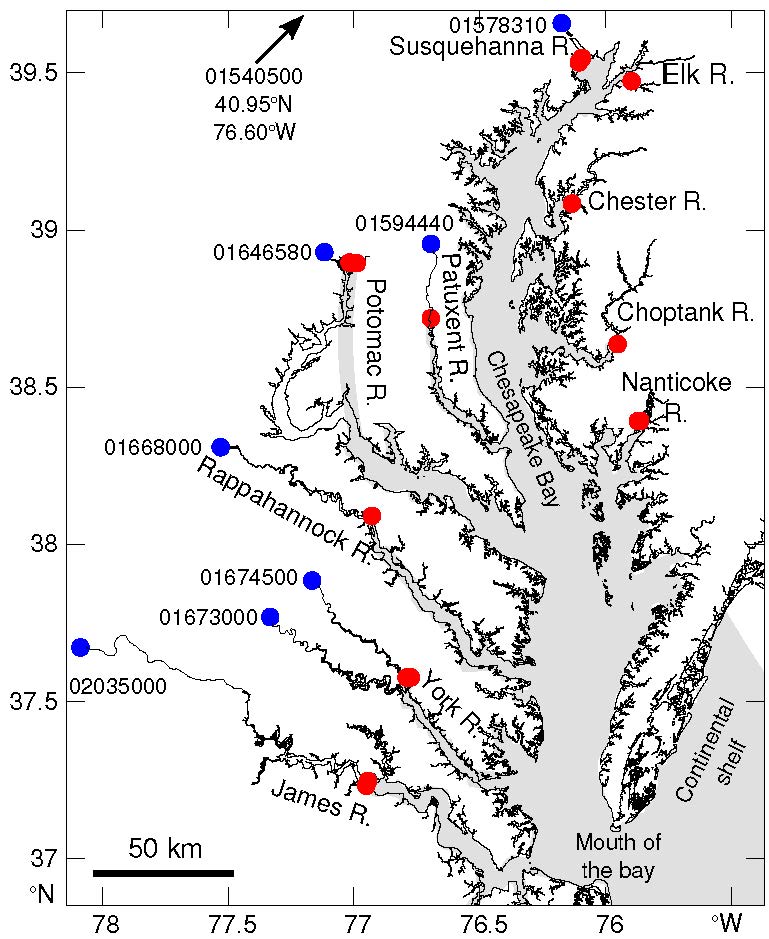Virginia Institute of Marine Science (VIMS) researchers used supercomputer simulations to examine impacts of both regional and global changes affecting the Chesapeake Bay. They discovered that historical increases in fertilizers and atmospheric carbon dioxide concentrations have forced the bay to behave increasingly like a small sea on a continental shelf rather than a traditional estuary.
